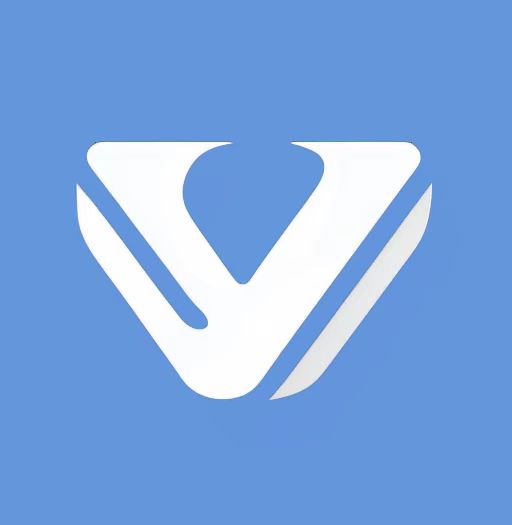Top 5 Indicators for Choosing Custom Garment Factory
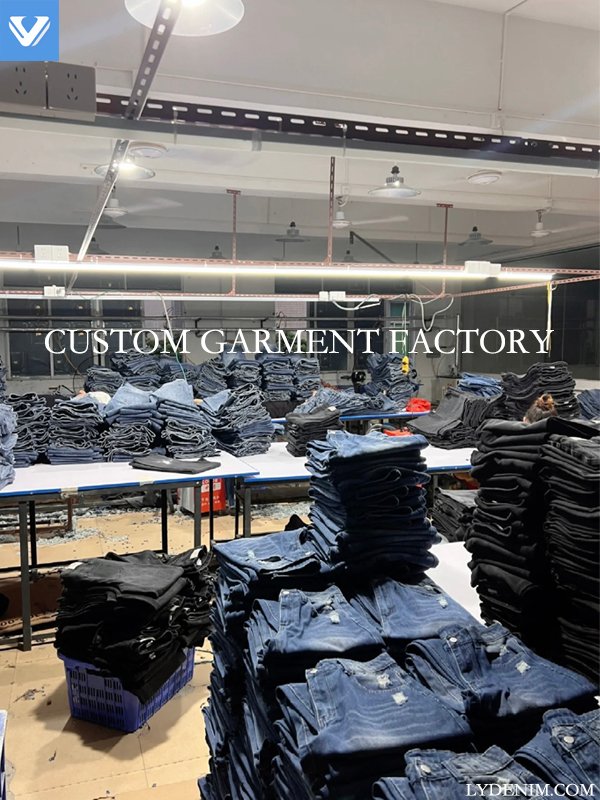
Estimated reading time: ~3 minutes
Introduction
Choosing the right custom garment factory is critical for fashion brands and startups aiming to produce high-quality apparel. With the custom apparel market growing by 40% year-over-year, driven by trends like athleisure and sustainable materials, selecting the right partner can shape your brand’s reputation, profitability, and scalability. This guide explores 5 key indicators to evaluate when choosing a custom garment factory, helping you avoid pitfalls like poor quality or delayed deliveries.
By focusing on these indicators, brands can align with manufacturers that meet specific needs, from small-batch production to ethical sourcing. Data shows well-structured partnerships, including clear contracts, reduce supplier-manufacturer conflicts by up to 62%. Whether launching a new line or scaling operations, these factors ensure compliance and customer satisfaction.
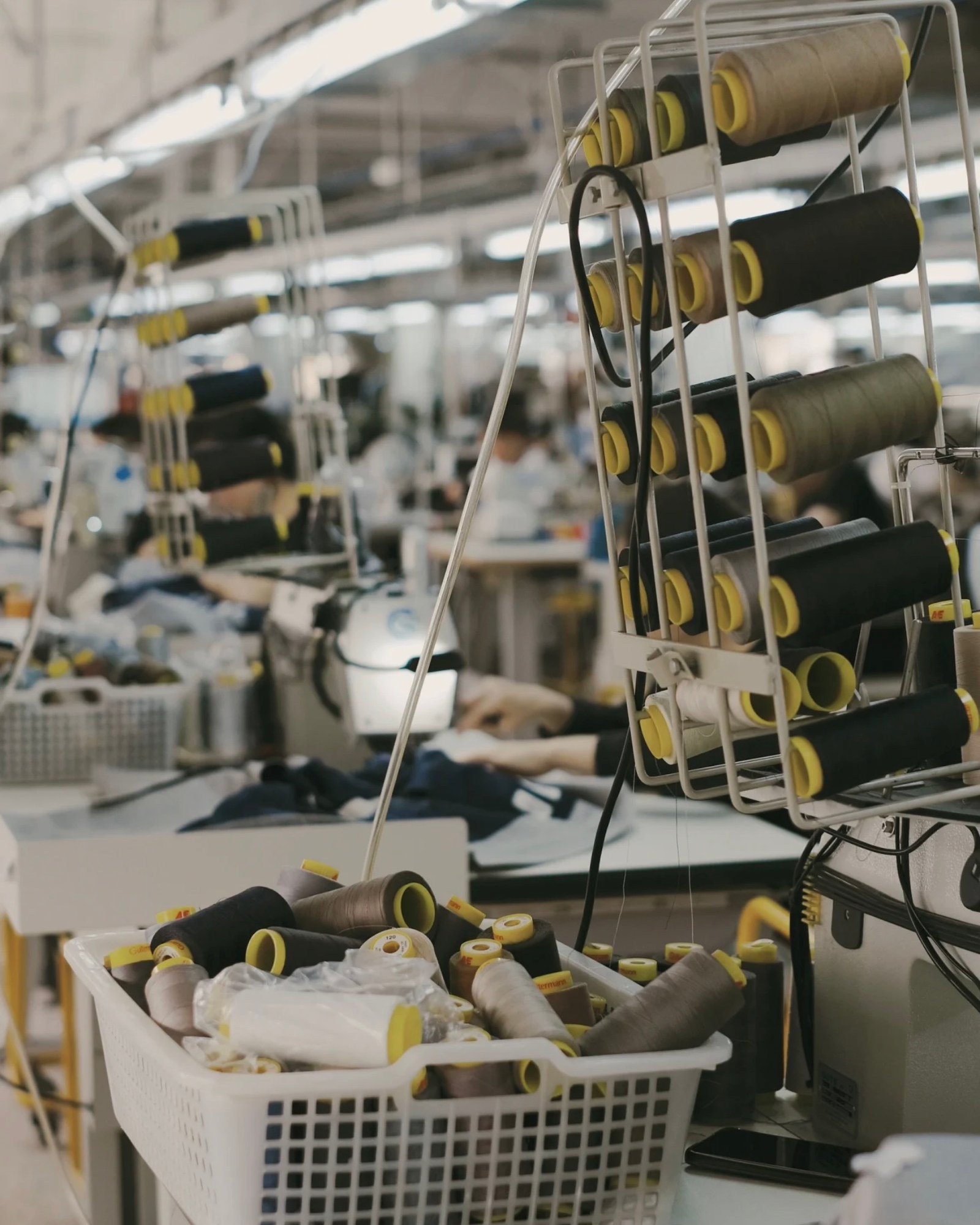
custom garment factory
Understanding the Basics of Choosing a Custom Garment Factory
Selecting a custom garment factory begins with defining your brand’s needs, such as production volume, material preferences, and timelines. Manufacturers typically fall into three categories:
- Cut-Make-Trim (CMT): Ideal for custom designs requiring assembly.
- Full Package Production (FPP): Offers end-to-end services, from design to delivery.
- Original Design Manufacturing (ODM): Provides pre-designed, customizable items.
Startups often prefer factories with low minimum order quantities (MOQs), such as 50-100 units for domestic manufacturers or 500-1000+ for overseas ones. Use online platforms and directories to identify potential factories, but thorough vetting is essential to match your niche, such as streetwear or sustainable fashion.

Choosing a Custom Garment Factory
5 Key Indicators for Choosing a Custom Garment Factory
To make an informed decision, evaluate these five critical indicators when selecting a custom garment factory:
- Quality Assurance and Certifications
- Seek certifications like ISO 9001 (quality management) or WRAP (ethical manufacturing).
- Request samples to verify consistent stitching, fit, and finish.
- Robust quality control (QC) processes reduce defects, which can lead to high return rates. Industry data shows precision craftsmanship minimizes waste and enhances durability.
- Production Capacity and MOQ Flexibility
- Ensure the factory can handle your production volume with scalable options for growth.
- Small-batch production (50-100 units) suits startups, while larger factories manage peak orders efficiently.
- Typical lead times range from 4-12 weeks for bulk orders.
- Cost-Effectiveness and Pricing Structure
- Balance affordability with quality—avoid the lowest prices, which may compromise standards.
- Analyze costs for fabric, labor, and shipping to ensure healthy profit margins.
- Transparent pricing boosts profitability, as studies show prioritizing cost-effectiveness alongside quality drives financial success.
- Ethical Practices and Sustainability
- Choose factories with Fair Trade or B Corp certifications, using eco-friendly materials like organic cotton or recycled fabrics.
- Sustainable practices, such as water-based inks, appeal to conscious consumers and reduce environmental impact.
- Ethical sourcing aligns with market trends, enhancing brand appeal.
- Communication and Reliability
- Prioritize factories with responsive customer service and clear timelines.
- Check client reviews and references to confirm reliability.
- Timely transportation and problem-solving reduce delays, which affect 70% of startup challenges.
By scoring factories based on these indicators, you can efficiently narrow down your options.
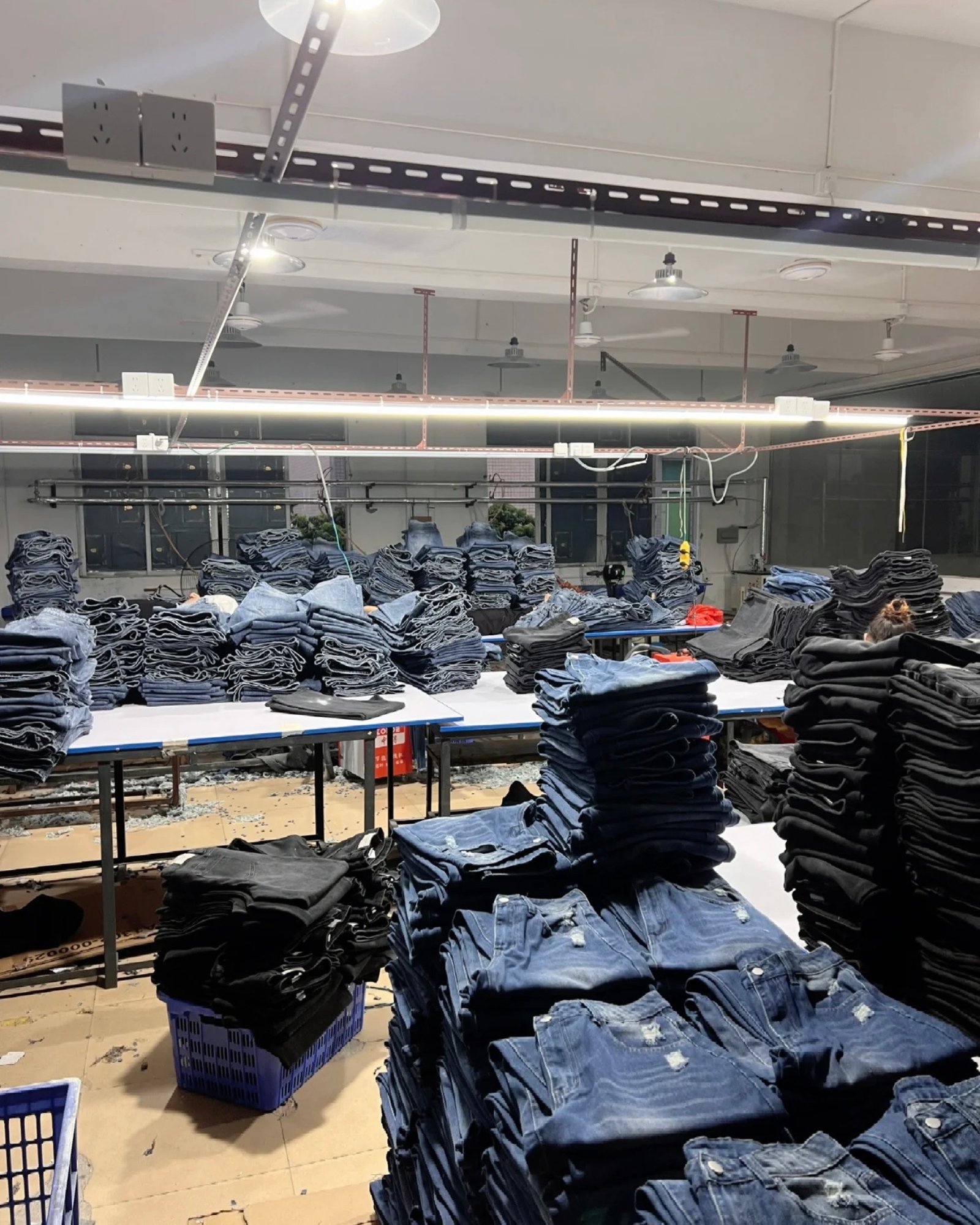
Key Garment Factory
Implementing These Indicators in Your Selection Process
To choose the right factory, follow these steps:
- Create a Checklist: Use the five indicators to evaluate potential factories.
- Request Proposals: Shortlist candidates and ask for detailed proposals.
- Conduct Virtual Tours or Interviews: Assess operations and verify sustainability through audits.
- Test with a Sample Order: Monitor turnaround times (typically 2-6 weeks) to evaluate reliability.
- Diversify Options: Balance domestic (faster shipping, better labor standards) and overseas (lower costs) manufacturers to mitigate risks.
For insights into custom denim production or ethical sourcing, explore resources like lydenim.com.
Benefits of Choosing the Right Custom Garment Factory
Selecting a factory based on these indicators offers significant advantages:
- Minimized Risks: Avoid subpar products, which account for 39% of customer claims in apparel.
- Enhanced Brand Loyalty: High-quality, ethical products appeal to sustainability-conscious consumers, boosting sales.
- Cost Efficiency: Strong partnerships reduce rework, cutting costs and conflicts by up to 62% through clear contracts.
- Scalability: The right factory supports growth, enabling brands to capitalize on trends like athleisure.
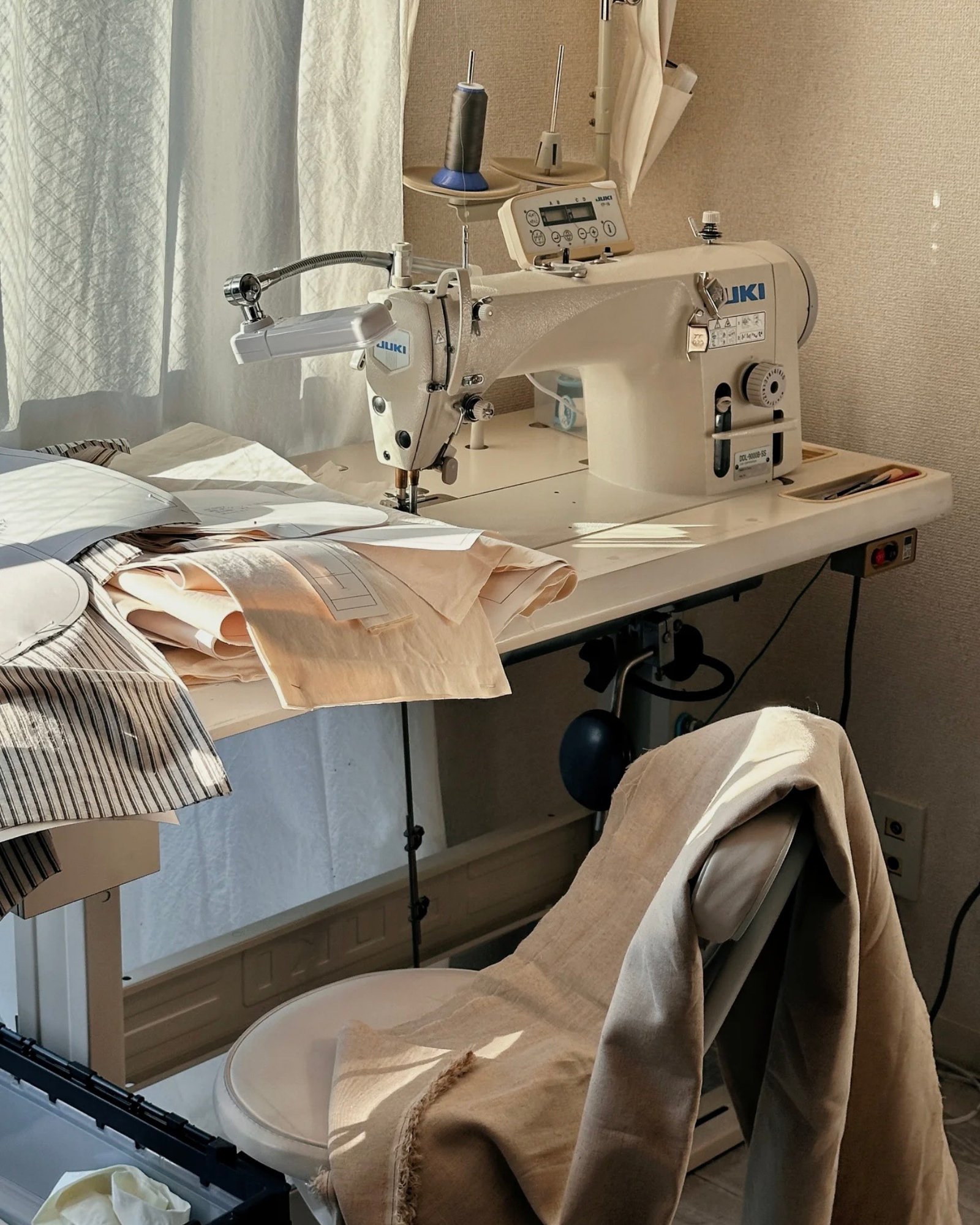
Benefits of Choosing the Right Custom Garment Factory
Common Challenges and Solutions
When choosing a custom garment factory, you may face these challenges:
- High MOQs for Startups: Opt for domestic or flexible manufacturers with lower MOQs (50-100 units).
- Language Barriers with Overseas Factories: Use detailed contracts to ensure clarity.
- Cost Overruns: Negotiate volume discounts to manage expenses.
- Ethical Concerns: Seek certified alternatives with Fair Trade or B Corp credentials.
FAQs on Choosing a Custom Garment Factory
What are the main types of custom garment factories? CMT (basic assembly), FPP (full services), and ODM (customizable pre-designed items).
Why prioritize ethical practices in a custom garment factory? Ethical practices ensure fair labor and sustainability, appealing to consumers and reducing risks. Certifications like B Corp are key indicators.
How does production capacity affect choosing a custom garment factory? It determines scalability. Mismatched capacity can cause delays, with MOQs ranging from 50-100 (domestic) to 500+ (overseas).
Additional Resources
- Internal Guides: Explore Sustainable Fabric Sourcing and Apparel Production Tips for more insights.
- External Resources: Visit ISO Standards for certification details or lydenim.com for custom denim production tips.
Conclusion
Choosing a custom garment factory using these 5 key indicators ensures high-quality products, ethical practices, and business growth. Start evaluating factories today to build a strong foundation for your brand’s success in the competitive fashion industry.
Customization Services by LYDENIM
Dreaming of premium fabrics with outstanding texture and durability? LYDENIM specializes in high-quality textiles and bespoke garment solutions, helping you turn creative ideas into reality with precision and style.
🎨 Custom Fabrics
Design your own fabric collection with LYDENIM’s premium materials. From luxurious cotton blends to innovative eco-friendly textiles, explore colors, weaves, and finishes that perfectly match your brand or design vision. Visit LYDENIM to learn more.
🛍️ Tailored Garment Solutions
Bring your designs to life with our custom garment services. Whether it’s tailored suits, stylish dresses, or durable workwear, we ensure perfect fit, superior comfort, and lasting quality. Explore customization options on Myalibaba.
📩 Get in Touch
Have a project in mind? Contact our team at malone@lydenim.com to discuss custom fabrics, garment design, or sustainable textile solutions.
Transform your ideas into reality with LYDENIM—your trusted partner for innovative, high-quality fabrics and bespoke apparel solutions.
